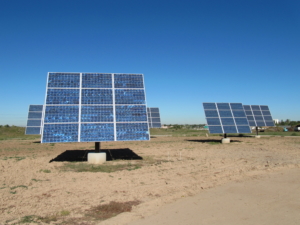 Technology is constantly evolving in the 21st century and through it, MPOWERD is alleviating the ailments that impoverished communities face. In 2016, 1.6 billion people across the globe lived without energy access. MPOWERD’s mission to bring sustainable technology to all points of the globe through practical, portable and affordable solar power impacts millions of lives each year. A dramatic reduction of communities without electricity as of 2019 suggests that 13% of the world’s population currently live without power. In addition, MPOWERD hopes to eradicate unaffordable energy costs and provide clean solutions to all of the world’s poor by 2030.
Technology is constantly evolving in the 21st century and through it, MPOWERD is alleviating the ailments that impoverished communities face. In 2016, 1.6 billion people across the globe lived without energy access. MPOWERD’s mission to bring sustainable technology to all points of the globe through practical, portable and affordable solar power impacts millions of lives each year. A dramatic reduction of communities without electricity as of 2019 suggests that 13% of the world’s population currently live without power. In addition, MPOWERD hopes to eradicate unaffordable energy costs and provide clean solutions to all of the world’s poor by 2030.
Form, Function, Empowerment
Since 2012, MPOWERD has reached over 3.7 million lives through sponsorship with community programs, disaster relief and health initiatives. The patented design of the “Luci” inflatable solar light reduces exposure to toxic kerosene fumes and provides light to those in crisis after storms. It also promotes healthy environments for the administration of medication, urgent health care and completion of schoolwork after sunset.
Moreover, MPOWERD focuses on helping women being more involved in their community and family decisions. Through a partnership with the Maasai Wilderness Conservation Trust, local ethnic groups in Kenya participate as resellers of the sustainable technology Luci lights in conjunction with E³Merge to stimulate investment in the local economy. The Maasai women cultivate spaces of undeniable empowerment where issues of Female genital mutilation, domestic violence and other inequalities are discussed. Additionally, alternative practices such as dance and song are now permitted in place of FGM due to newfound empowerment as business leaders.
Impact on Poverty
The distribution of the sustainable technology Luci lights fosters economic and social empowerment. Local craftsmen and women may work in the nighttime to create products for sustainable income without the worry of daylight. Furthermore, with a Luci light, children can study at night. This ensures the completion of homework and health clinics in rural areas can stay open late. In addition, workers who commute in the dark run less of a risk of injury. Women can feel safe from predators with MPOWERD’s compact light-source technology.
To put it simply, markets and businesses that stay open past daylight have the potential to earn more capital. As local markets thrive and expand, employment opportunities arise. Rural communities with limited trade commerce have more capital to exchange when electricity is not a concern. Thus, it allows freedom to invest in other pressing issues. According to the World Economic Forum, education is one of the most efficient steps to reduce poverty. In turn, reducing the need for basic electricity infrastructure allows for higher funding of various social programs. This includes agriculture, healthcare and education. As a result, it diminishes overall poverty.
Sustainable technology launches emerging nations into the global market through basic principles of infrastructure aimed towards poverty-reduction. The provision of portable solar lights in rural communities boosts local economies and establishes business expansion and stability. It also constructs safe environments where education and empowerment are centered at the forefront of improvement. MPOWERD is a force for good that does good through accessible sustainable technology in impoverished areas.
– Natalie Williams
Photo: Flickr
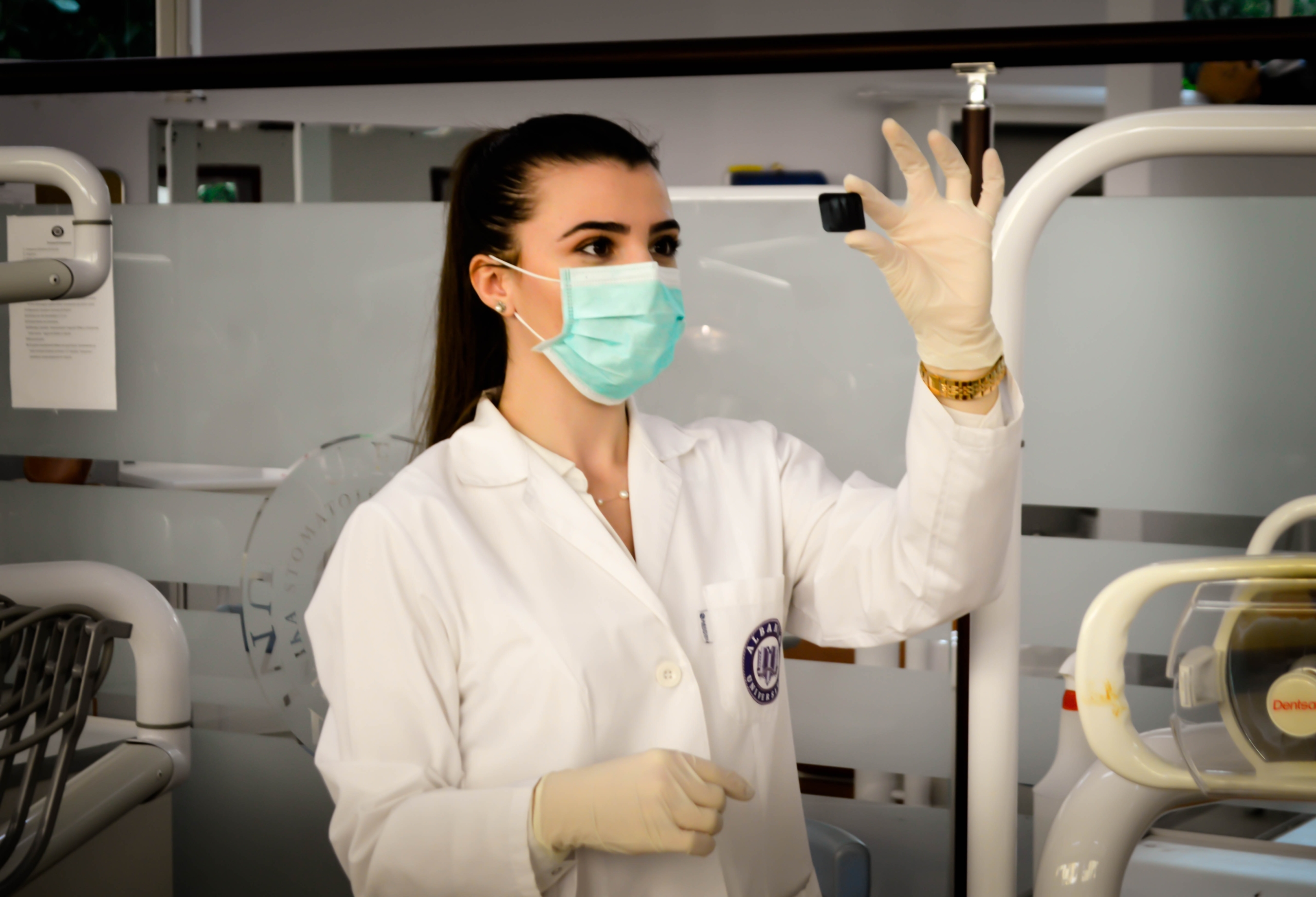
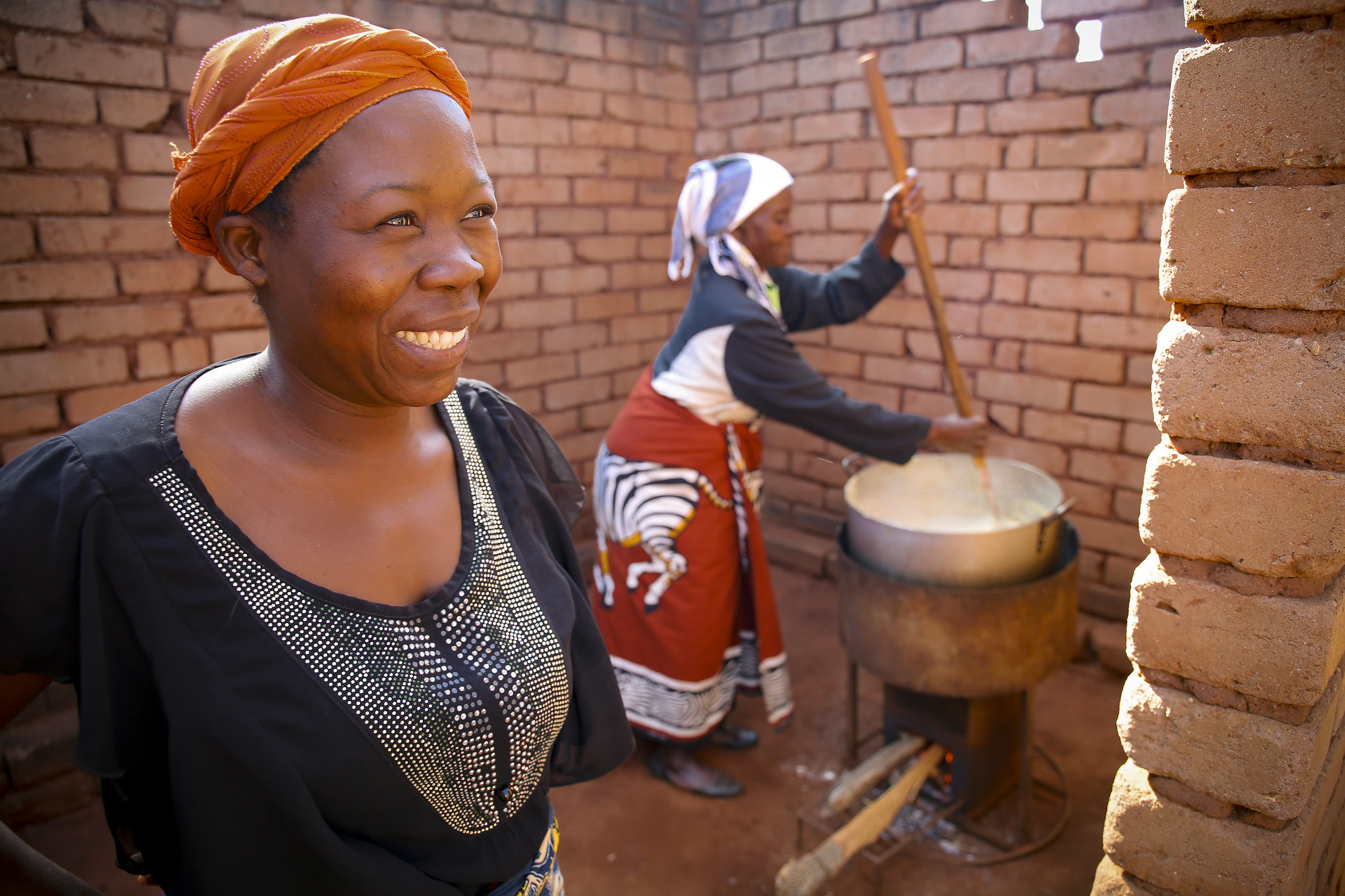 While the idea of women being denied property may seem antiquated, it is a modern norm furthering gender inequality in Malawi. In the central and southern regions of Malawi, land is intended to be passed down to women through generations; however, Bridget Matinga-Katunda, a researcher at Stellenbosch University in South Africa, explained that this
While the idea of women being denied property may seem antiquated, it is a modern norm furthering gender inequality in Malawi. In the central and southern regions of Malawi, land is intended to be passed down to women through generations; however, Bridget Matinga-Katunda, a researcher at Stellenbosch University in South Africa, explained that this 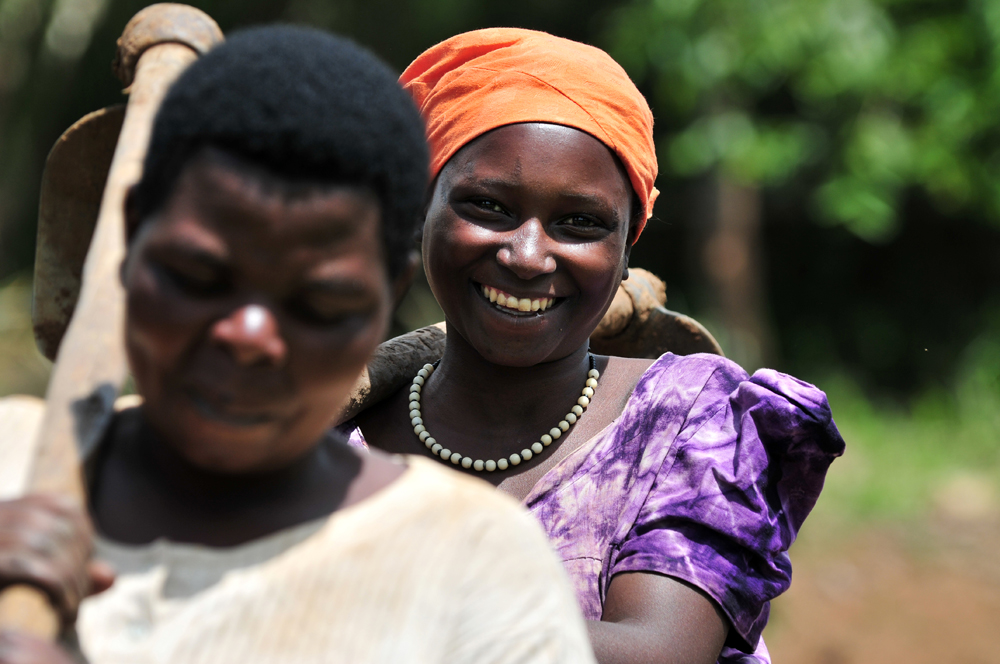
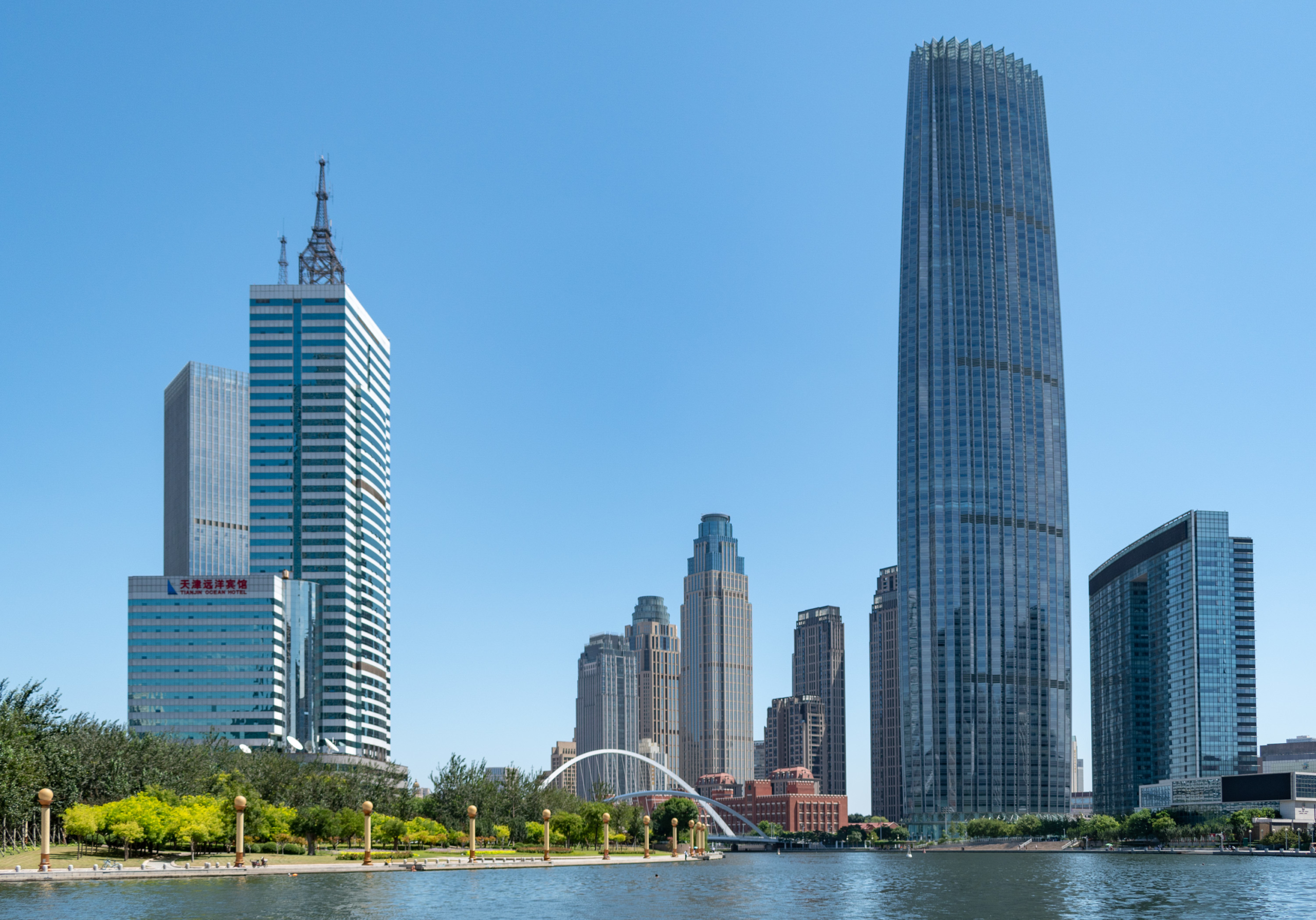
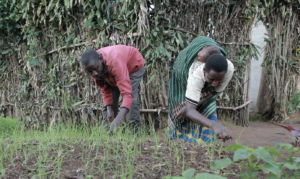
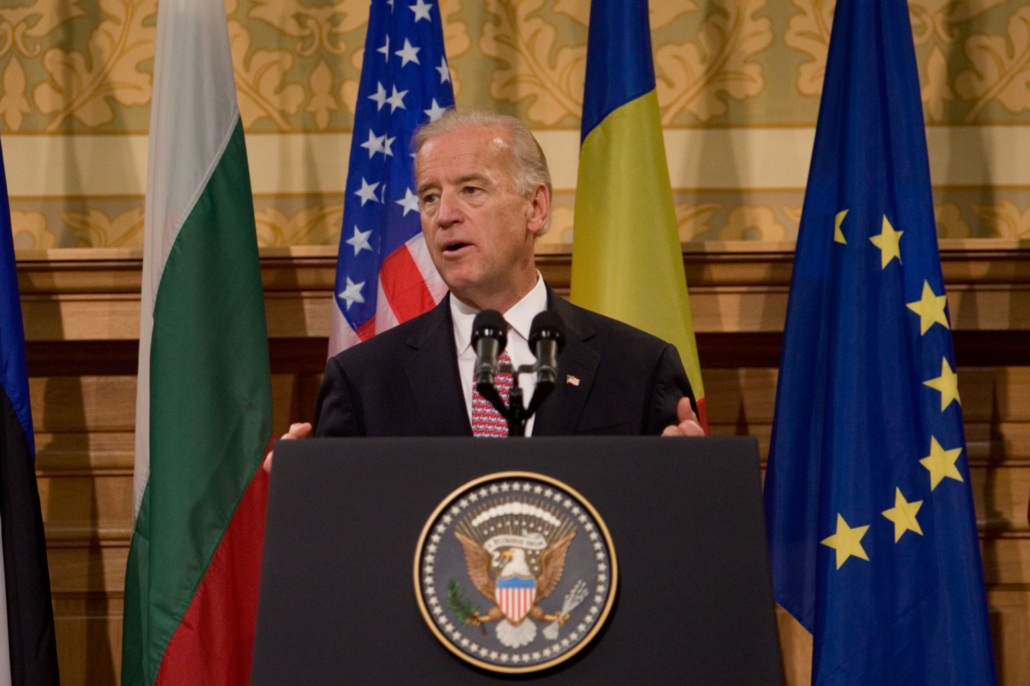
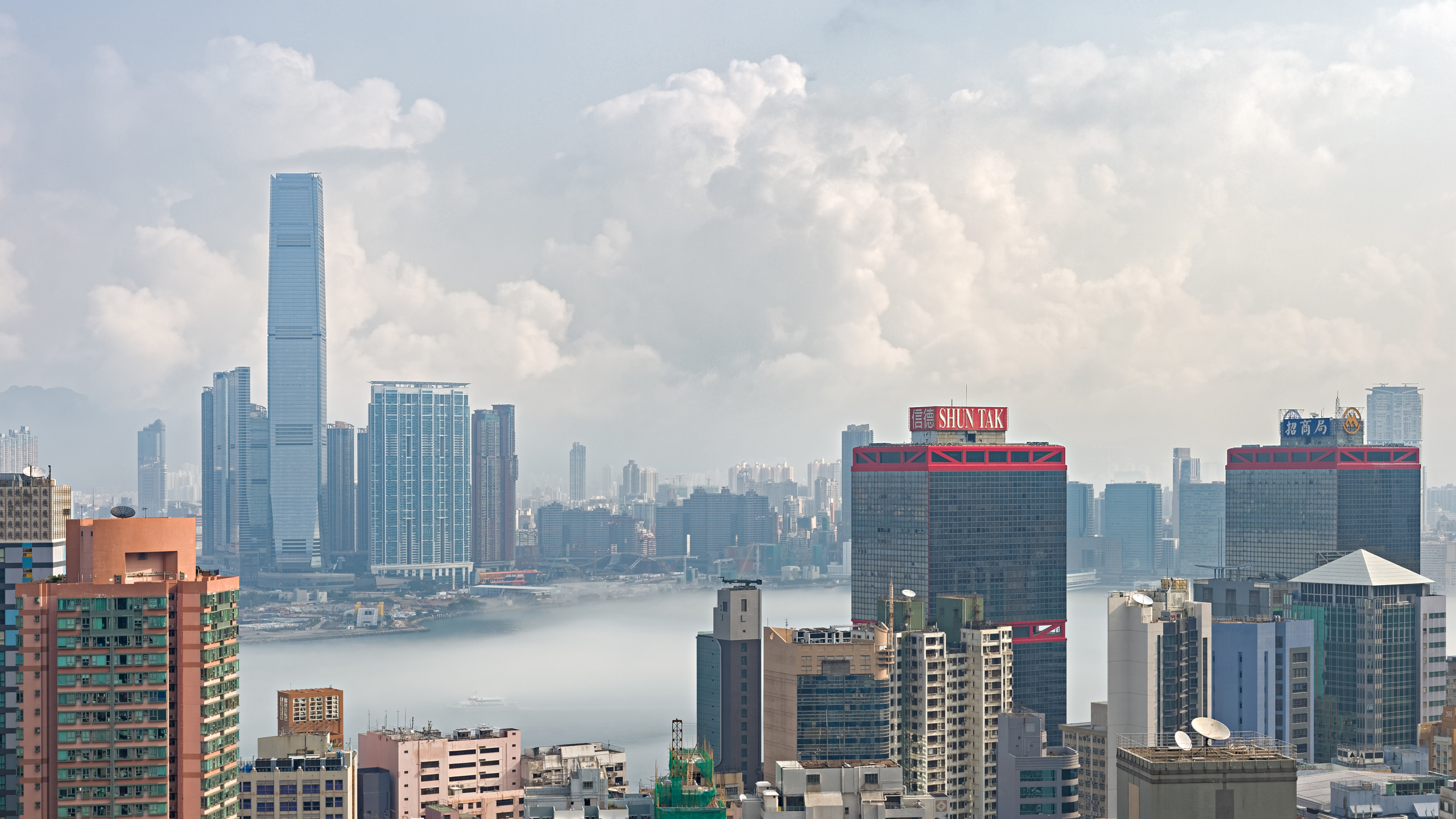 Since being declared a “
Since being declared a “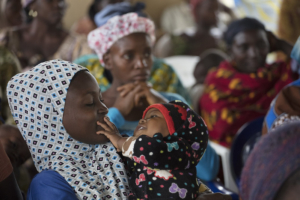 Marie Stopes International Nigeria recently
Marie Stopes International Nigeria recently 